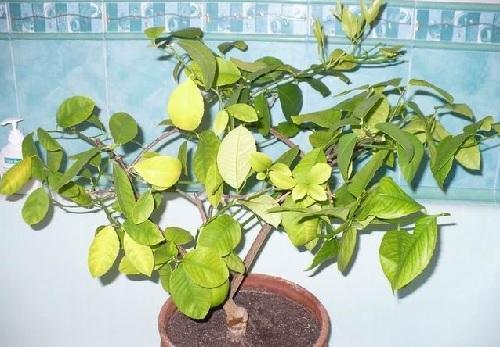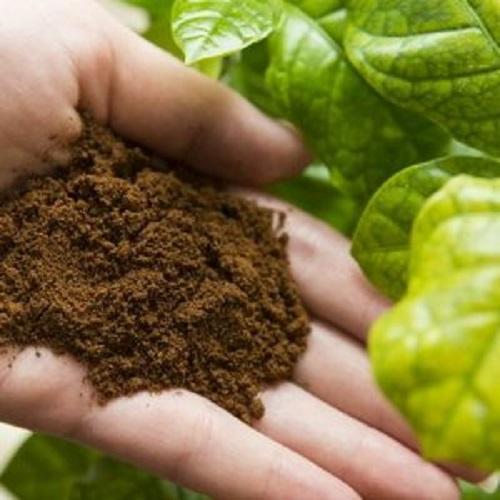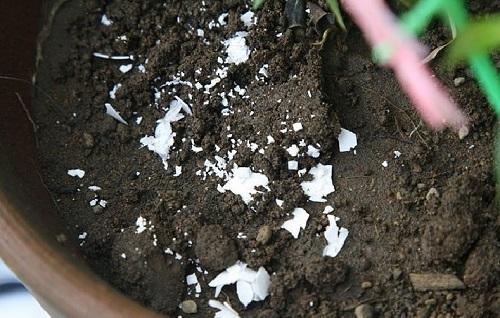Fertilizers for citrus fruits at home with your own hands
 Citrus indoor plants require careful maintenance, in which the main emphasis should be on feeding. "Free" citrus fruits growing in open ground have a vast soil area, which, accordingly, has a large supply of nutrients and lasts for a longer time.
Citrus indoor plants require careful maintenance, in which the main emphasis should be on feeding. "Free" citrus fruits growing in open ground have a vast soil area, which, accordingly, has a large supply of nutrients and lasts for a longer time.
Houseplants do not have this opportunity, they are limited by the amount of soil that is in the pot. As a rule, these are very small volumes, since young seedlings usually grow in shallow flowerpots. They quickly select useful trace elements from the soil, and soon begin to starve from a lack of them.
At home, citrus fruits can be fertilized both with store preparations and with hand-made products.
Folk ways of fertilizing citrus fruits

Experienced flower growers who grow indoor citrus plants, have long noticed the positive effect of using organic matter when planting seedlings.
A mixture of horse manure and soil in a 1: 3 ratio provides citrus fruits with nitrogen for the next 6 months.
For further feeding, you can use kitchen waste, food and other folk remedies:
- Ash... Dissolve 1 tsp. in a liter of water.
- Weeds... Grind the quinoa leaves and add to the soil.
- Tea brewing... Dry before adding so that small insects do not start.
- Coffee grounds... Use similar to tea leaves.
- Sugar... Effective for weakened plants and at the stage of active growth. You can just sprinkle 1 tsp. on the surface of the soil and then water, or you can prepare an irrigation solution (the same amount of sugar per 1 tbsp. water). Apply no more than 1 time in 7 days.
- Eggshell... Sprinkle the ground around the bush with powdered shells. For watering, insist in boiled water several whole shells for 3 days.
- Aquarium water... Use for occasional root watering.
A well-proven method of using bone glue for fertilizing citrus fruits. First, the drug should be dissolved in water (for 1 liter - 2 kg of glue) and boiled to a liquid consistency. Water the plants under the root. When the earth dries up a little, be sure to loosen it up.
Feeding frequency

In winter, the growth processes of citrus fruits slow down; during this period, one feeding per month is enough for them. With the arrival of spring and the activation of shoot growth, it is necessary to fertilize the plants more often. Ready-made preparations can be alternated with natural fertilizers and applied once a week.